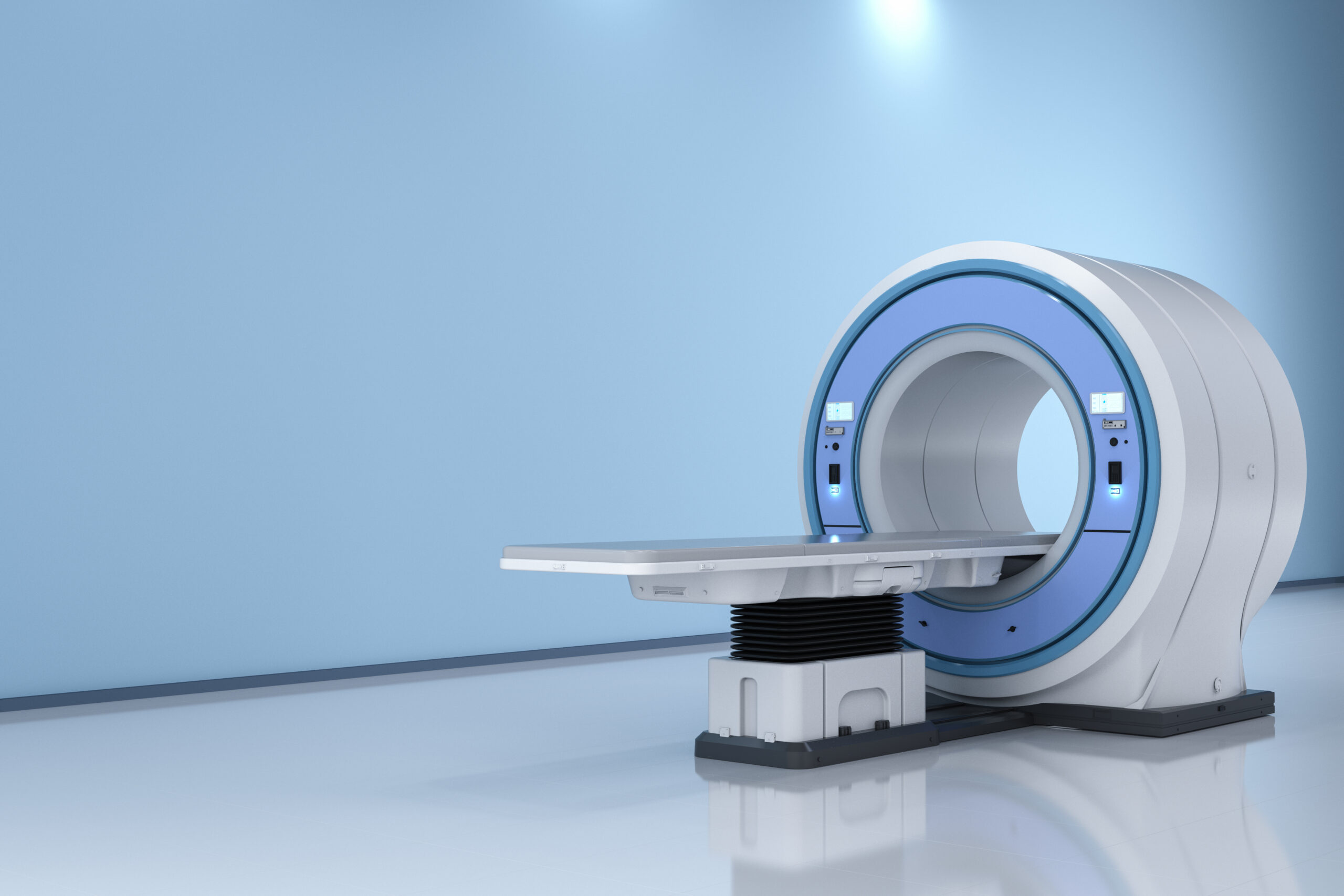How Seniors Can Stay Active in Retirement
**How Seniors Can Stay Active in Retirement**
Retirement opens up a world of opportunities to focus on health, hobbies, and happiness. Staying active doesn’t mean running marathons—it’s about finding enjoyable ways to move your body, connect with others, and keep your mind sharp. Here’s how seniors can embrace an active lifestyle tailored to their needs.
**Start with Simple Aerobic Activities**
Walking is one of the easiest ways to stay active[1][2]. A daily stroll around the neighborhood or in a local park boosts heart health and provides vitamin D from sunlight. For variety, try cycling on a stationary bike or pedaling through scenic trails[1]. If you enjoy nature, gentle hikes offer fresh air and mental rejuvenation[1][4]. Water aerobics is another excellent low-impact option that eases joint strain while improving strength[2][4].
**Low-Impact Exercises for All Abilities**
Chair exercises are perfect for those with limited mobility or balance concerns[2]. Seated yoga or light resistance-band workouts build flexibility without pressure on joints[2][5]. Tai chi combines slow movements with deep breathing, enhancing coordination and reducing stress—ideal for cognitive health as recommended by Harvard experts[5].
**Make It Social (and Fun!)**
Join a walking group or water aerobics class at a senior living community to meet peers while staying fit[1][2]. Dancing—whether ballroom line-dancing or casual swaying to music—keeps the heart pumping and spirits high[4]. Gardening also doubles as physical activity; digging, planting, and watering improve strength while connecting you with nature[4].
**Tips for Success**
– **Start slow**: Begin with 10–15 minutes of activity daily before increasing intensity[1][5]
– **Track progress**: Use a calendar or app to celebrate small wins like weekly consistency[5]
– **Stay hydrated**: Drink water before, during, and after exercise to avoid fatigue[1]
– **Dress comfortably**: Wear supportive shoes and breathable clothing for safety during workouts [1]
The key is choosing activities you genuinely enjoy. Whether it’s birdwatching walks at sunrise or chair-based dance routines in your living room, staying active should feel rewarding—not like a chore. Over time these habits sharpen memory through improved blood flow to the brain while fostering independence well into retirement years [5][4][2].





